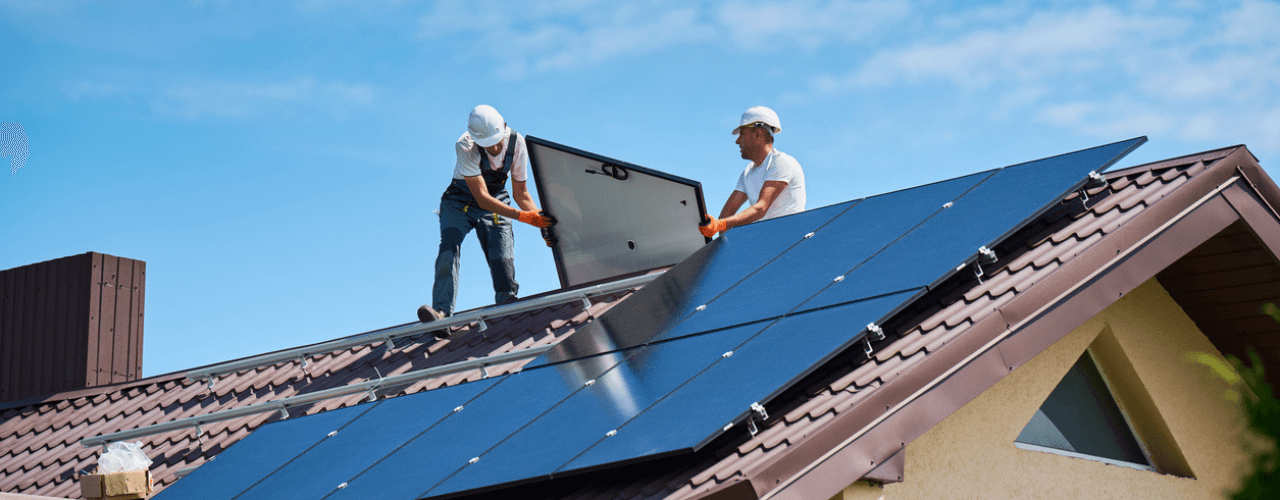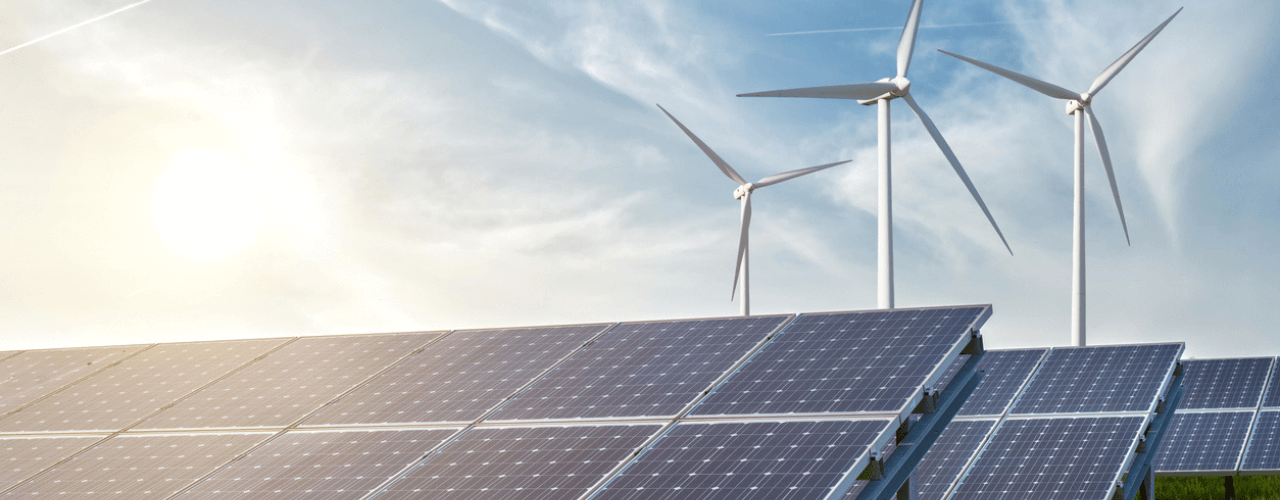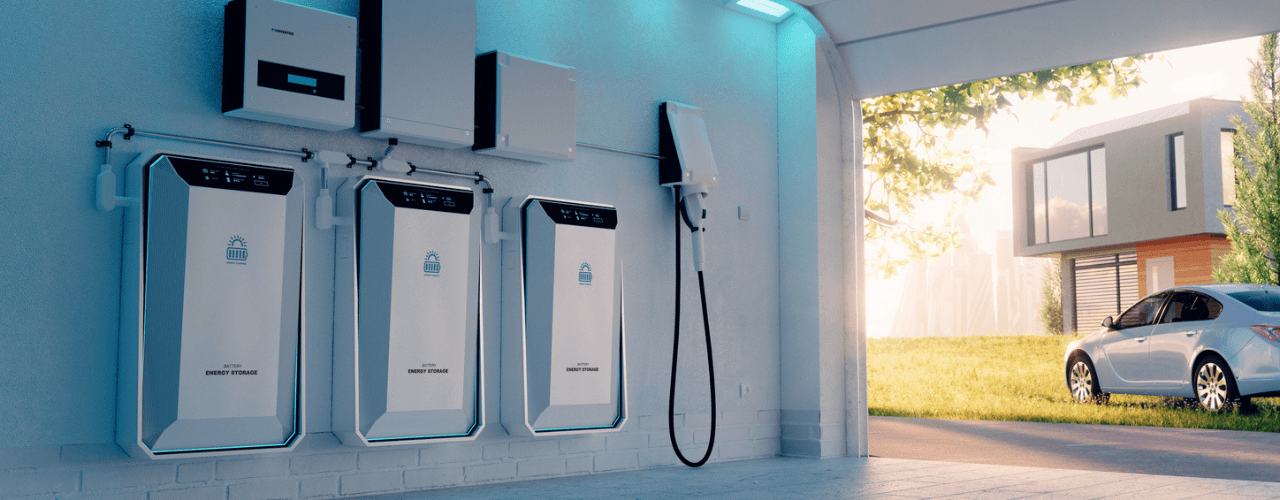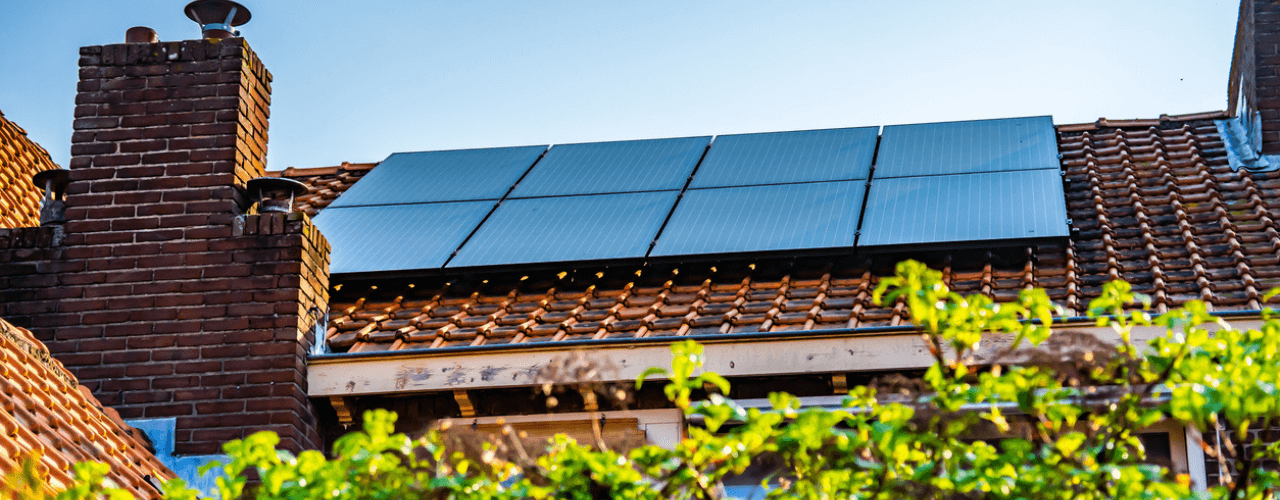
What businesses need to know when choosing commercial solar panel installers
Commercial solar helps cut costs and hit sustainability targets both smart moves for today’s business...

Battery Storage
Renewable Energy
Energy bills keep climbing and so does the need to reduce carbon emissions. For UK homeowners and business owners alike, renewable energy solutions are no longer a future concept. They’re a realistic and often cost-effective investment. But it’s not always clear which systems make sense for your property. Is solar the best place to start? Do heat pumps really deliver value? And what should you prioritise based on your space and budget?
We’ve examined real-world renewable energy solutions suited to homes and commercial properties, with a focus on performance, cost recovery, and long-term value.
Renewable energy refers to power from sources that naturally replenish themselves, such as:
In the UK, solar and heat pumps tend to be the most practical renewable energy solutions for individual homes and small businesses.
Solar panels remain one of the most accessible renewable energy solutions for UK households. Most installations are roof-mounted and can significantly reduce electricity bills. Homes with good roof orientation and consistent daytime usage stand to benefit the most.
Most UK homeowners can expect a solar PV system to pay for itself in 7–12 years, depending on property size, orientation, and daily energy use. Alongside lower bills, solar installations can improve your Energy Performance Certificate rating and qualify you for the Smart Export Guarantee, which pays for exported surplus electricity. A typical 4kWp solar system in the UK can produce around 3,000 to 4,000 kWh per year.
Could generating your own electricity help you feel more in control of rising energy costs?
Explore our commercial solar solutions
Air and ground source heat pumps use electricity to draw in low-level heat from the environment, then compress and circulate it through your home. These systems replace traditional boilers and are particularly effective in well-insulated homes.
They typically offer a payback period of 10–15 years, especially when offset by grants like the Boiler Upgrade Scheme, which currently offers up to £7,500 in funding. Running costs depend on insulation quality and electricity prices. For new-build properties or retrofits with good insulation, they provide a low-maintenance and efficient renewable energy solution to fossil fuel systems.
If your energy bills keep climbing, could a heat pump offer long-term stability?
Biomass systems use wood pellets, chips, or logs to generate heat. They suit rural homes with enough space for fuel storage and delivery access. While installation costs can start from £7,000 and go higher for larger systems, they offer a more stable heating supply for off-grid homes. Some incentives remain via legacy support schemes, particularly in Northern Ireland.
Thinking about futureproofing your home? It might be simpler and cheaper than you think.
Each renewable energy solution serves a different type of home:
If you’re unsure which system fits your needs, start with your daily energy habits and your long-term goals.
Small-scale wind turbines and micro-hydro systems are technically viable but apply to a narrow segment of properties. Wind systems need consistent speeds over 5m/s, while hydro setups require access to a natural watercourse with steady flow.
They are more common on farms or rural estates. Both require planning permission and often need custom design. Maintenance, space, and infrastructure demands should also be factored in.
Do you have the right environment for wind or water-based renewable energy solutions?
Larger rooftop or ground-mounted solar systems can meet a significant share of a business’s electricity needs. With lower per-kWh generation costs and high roof availability, many commercial sites benefit from fast returns and long-term savings.
How would cutting daytime electricity bills by half affect your operating margins?
Explore our commercial solar services
Adding battery storage allows businesses to use more of the energy they generate during peak-rate hours. It improves resilience, supports demand-side response, and makes renewable energy solutions more financially efficient. Battery systems typically increase upfront cost by 20–30% but deliver better long-term control.
Would using more of your own energy help you improve reliability and cut costs?
Yes. Air source heat pumps are increasingly used in office, retail, and hospitality sectors to support both heating and cooling. When sized correctly, they reduce dependence on gas and provide a smoother path toward net-zero emissions.
Could switching from gas heating help you meet your carbon reduction targets?
| Technology | Payback Time | Ideal Use Case |
| Solar PV | 7–12 years | Homes and commercial rooftops |
| Commercial Solar | 5–8 years | Warehouses, schools, factories |
| Air Source Heat Pump | 10–15 years | Insulated residential or office space |
| Biomass Boiler | 8–12 years | Rural homes, farms |
| Battery Storage | 8–13 years | Properties with variable usage or SEG |
Which renewable energy solution offers the greatest savings based on how you use energy?
Installation costs vary by system:
Incentives can reduce these significantly, and the return accumulates through reduced energy bills and increased energy independence.
Knowing the numbers makes it easier to assess if now’s the right time to invest or plan for future upgrades. Contact us for a quote.
Have you got a clear plan for transitioning to renewable energy solutions?
The UK government offers support schemes, including:
A good installer should explain which incentives apply to your renewable energy solutions and help you make the most of them.
Are you missing out on renewable energy grants or tax benefits?
Each renewable energy solution works differently. Solar reduces electricity bills, while heat pumps focus on heating. Storage makes your system more efficient but adds to upfront cost.
The best way to decide is to request a side-by-side system analysis. This gives you a long-term view of cost, efficiency, and compatibility with your goals.
What would a side-by-side system comparison reveal about your long-term energy plan?
The most effective renewable energy solutions are those that align with your property layout, energy habits, and long-term plans. With rising bills and government support continuing through 2025 and beyond, now is a practical time to evaluate the benefits.
Need expert support choosing the right renewable energy solution? Talk to ESS Group for guidance, design, and installation services tailored to your property.

Commercial solar helps cut costs and hit sustainability targets both smart moves for today’s business...

Home energy habits are changing. As more people install solar panels and adopt smart technologies,...

High energy bills have become a recurring concern for homeowners and businesses alike. As utility...
We’re here to help with all your renewable energy needs.
Contact us today for expert advice, consultations, and support.